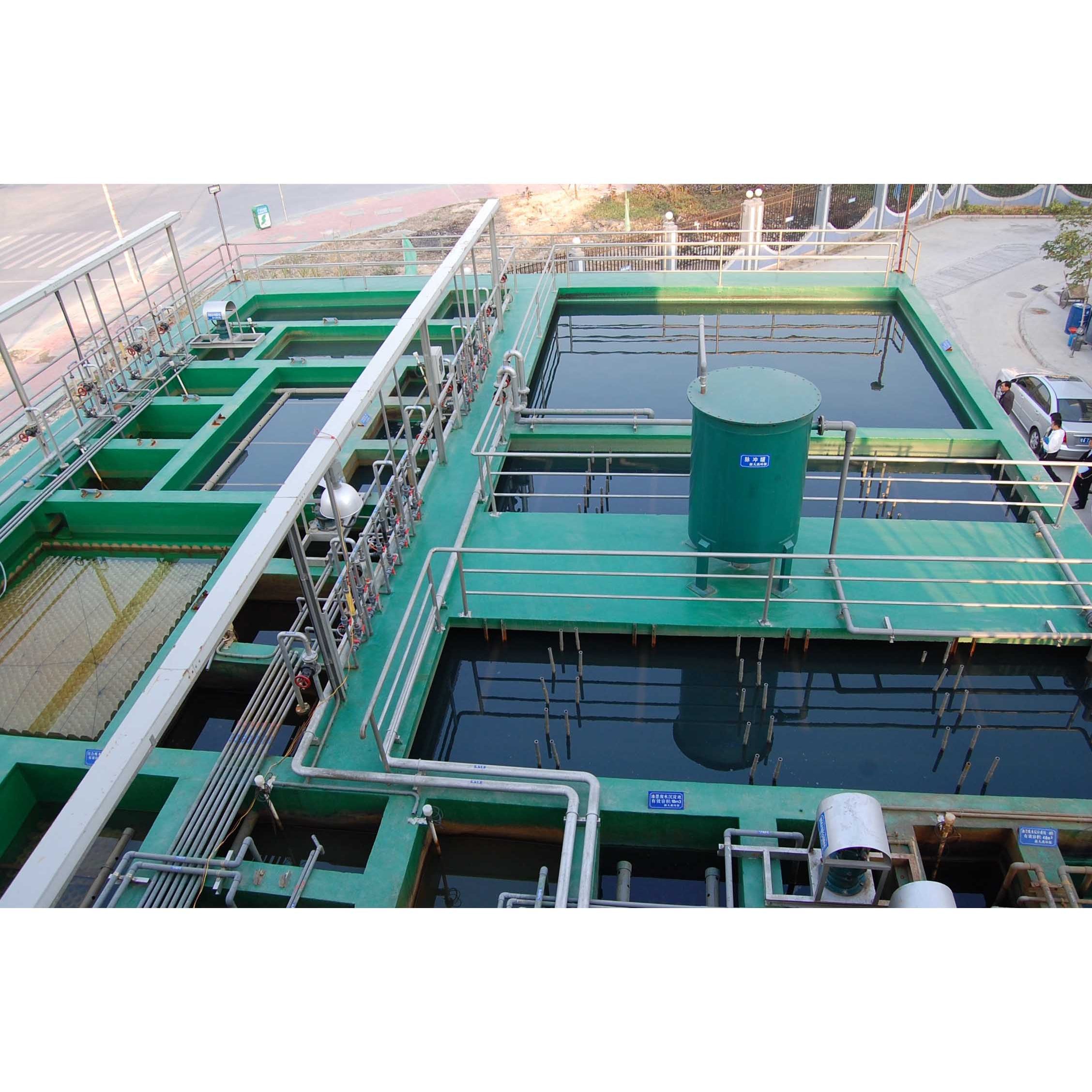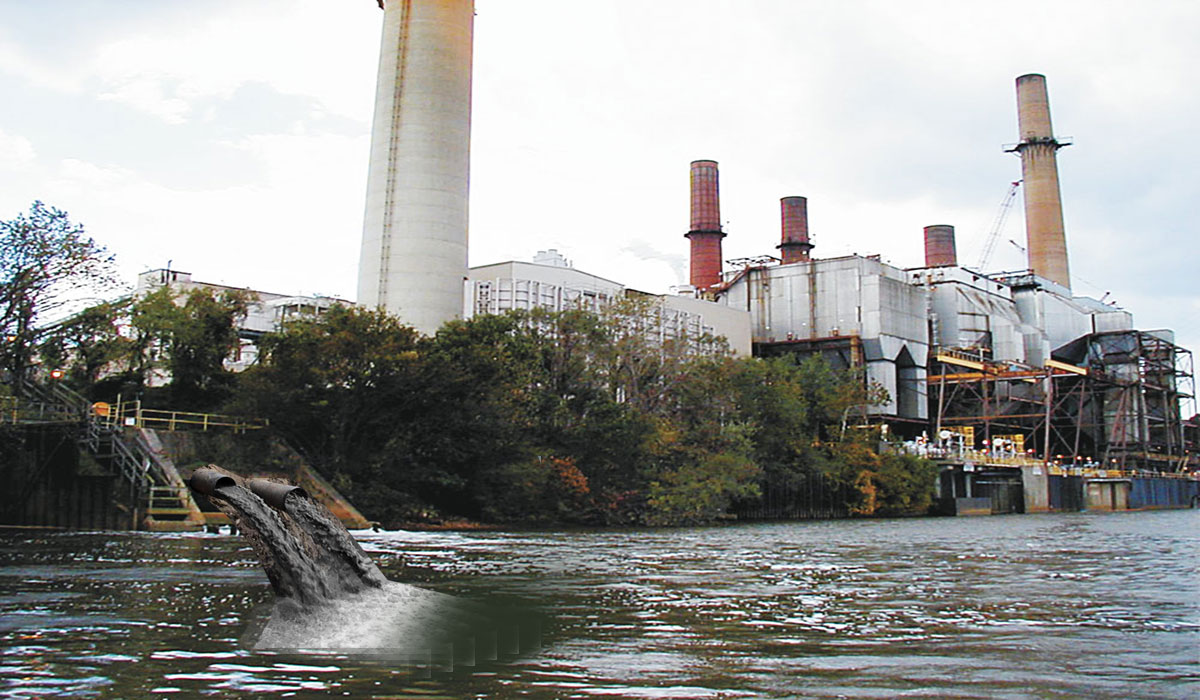Industrial Waste Water Treatment-- Enhance Efficiency with Custom-made Water Treatment Systems
Wiki Article
Advancements and Advancements in Hazardous Waste Water Treatment Technologies
The landscape of commercial wastewater therapy is undertaking a transformative change, driven by technologies that boost both efficiency and sustainability. As regulatory standards evolve, the integration of AI and machine learning into wastewater management systems promises to make certain and streamline operations conformity.Review of Drainage Therapy Technologies
Wastewater therapy innovations encompass a range of techniques created to eliminate contaminants from industrial effluents prior to their release into the setting. These modern technologies are critical for keeping eco-friendly balance and guaranteeing compliance with ecological guidelines. The primary groups of wastewater therapy include physical, chemical, and organic techniques, each serving distinctive functions based on the nature of the impurities present.

Organic therapy approaches employ microorganisms to break down natural issue, making them particularly effective for organic-rich effluents. Methods like triggered sludge and biofilm activators harness the all-natural degradation abilities of microorganisms, leading to significant reductions in biochemical oxygen demand (BODY)
Advanced Filtering Methods
Advanced filtering strategies stand for an essential advancement in the world of industrial wastewater treatment, enhancing the effectiveness of pollutant removal processes. Industrial Waste Water Treatment. These methods incorporate a variety of technologies, including microfiltration, ultrafiltration, nanofiltration, and reverse osmosis, which provide consecutive barriers for various particle dimensions and chemical frameworksMicrofiltration and ultrafiltration use membrane layer systems to get rid of put on hold solids, microorganisms, and bigger organic molecules, improving the top quality of effluent previous to additional treatment. Nanofiltration bridges the void between ultrafiltration and reverse osmosis, effectively getting rid of organic compounds and divalent ions, hence minimizing the tons on downstream processes.
Reverse osmosis supplies the highest degree of purification by enabling just water and small molecules to travel through its semi-permeable membranes, making it ideal for reclaiming high-grade water from commercial effluents. Current advancements in membrane layer technology, including the development of more durable and fouling-resistant materials, have actually substantially improved functional effectiveness and reduced expenses.
Incorporating these innovative filtering strategies not only boosts the general treatment procedure but additionally contributes to sustainability initiatives by enabling water reuse and source recovery in commercial setups. (Industrial Waste Water Treatment)
Biological Therapy Developments

Moreover, the development of crafted biological systems, such as membrane more helpful hints layer bioreactors (MBRs), integrates biological therapy with sophisticated membrane layer filtering. This integration enables greater effluent quality and lowered footprint, making it ideal for space-constrained industrial centers. Developments in genetically crafted microorganisms have actually also arised, enhancing the biodegradation of details contaminants, such as drugs and heavy steels, that are traditionally testing to get rid of.
Additionally, the execution of bioaugmentation techniques, where beneficial microorganisms are presented to enhance the existing organic therapy processes, has actually revealed appealing blog cause boosting treatment efficiency. These innovations collectively indicate a trend in the direction of even more sustainable and effective biological treatment approaches that can adjust to the developing intricacies of commercial wastewater streams. As industries continue to focus on ecological compliance, these biological advancements will certainly play a vital duty in wastewater monitoring.

Source Recuperation Approaches
In industrial settings, the combination of resource recuperation techniques has actually ended up being increasingly essential for improving sustainability and minimizing waste. These techniques concentrate on removing important products and energy from wastewater streams, therefore transforming possible contaminants right into reusable sources.One popular strategy is nutrient recuperation, where nitrogen and phosphorus, typically present in excess in wastewater, are recorded and exchanged plant foods. This not only minimizes environmental effects but additionally offers a round economy service for farming applications. Additionally, innovations such as anaerobic food digestion enable the conversion of organic waste right into biogas, a renewable resource resource that can offset nonrenewable fuel source usage in commercial operations.
Moreover, progressed filtration and membrane innovations promote the recovery of industrial spin-offs such as steels and salts. These recovered materials can be reintegrated into manufacturing procedures, lowering the need for virgin resources.
Future Patterns in Drainage Monitoring
As industries increasingly prioritize sustainability, the future of wastewater administration is set to go through considerable makeovers. Technological advancements, such as synthetic intelligence and maker discovering, will certainly make it possible for extra reliable surveillance and monitoring of wastewater systems. These modern technologies can forecast upkeep demands, maximize therapy procedures, and improve decision-making, eventually decreasing operational costs and environmental influence.Moreover, the assimilation of round economic climate principles will play a crucial role in wastewater monitoring. Industries are anticipated to move towards systems that not only deal with wastewater however likewise recover beneficial sources, such as nutrients, water, and energy. This transition will certainly decrease waste browse around this web-site and advertise the reuse of products, straightening with international sustainability goals.
Emerging therapy methods, such as membrane bioreactors and progressed oxidation processes, will better improve the effectiveness of wastewater therapy, enabling greater high quality effluents appropriate for reuse. In addition, regulative structures are likely to advance, highlighting stricter criteria for wastewater discharge and encouraging industries to embrace innovative therapy services.
Verdict
In final thought, the advancement of commercial wastewater treatment innovations shows a substantial shift towards improved effectiveness and sustainability (Industrial Waste Water Treatment). Technologies in innovative filtration techniques, biological treatments, and resource healing approaches highlight the sector's dedication to environmental stewardship.The landscape of industrial wastewater treatment is undergoing a transformative shift, driven by developments that enhance both efficiency and sustainability.Wastewater treatment innovations include a variety of techniques created to get rid of contaminants from industrial effluents prior to their launch right into the setting.Using the power of organic procedures has actually led to considerable advancements in the therapy of industrial wastewater.Furthermore, the implementation of bioaugmentation techniques, where advantageous microorganisms are introduced to boost the existing organic treatment procedures, has actually shown encouraging results in enhancing treatment performance. These innovations collectively signify a pattern towards more effective and sustainable organic therapy methods that can adjust to the progressing intricacies of commercial wastewater streams.
Report this wiki page